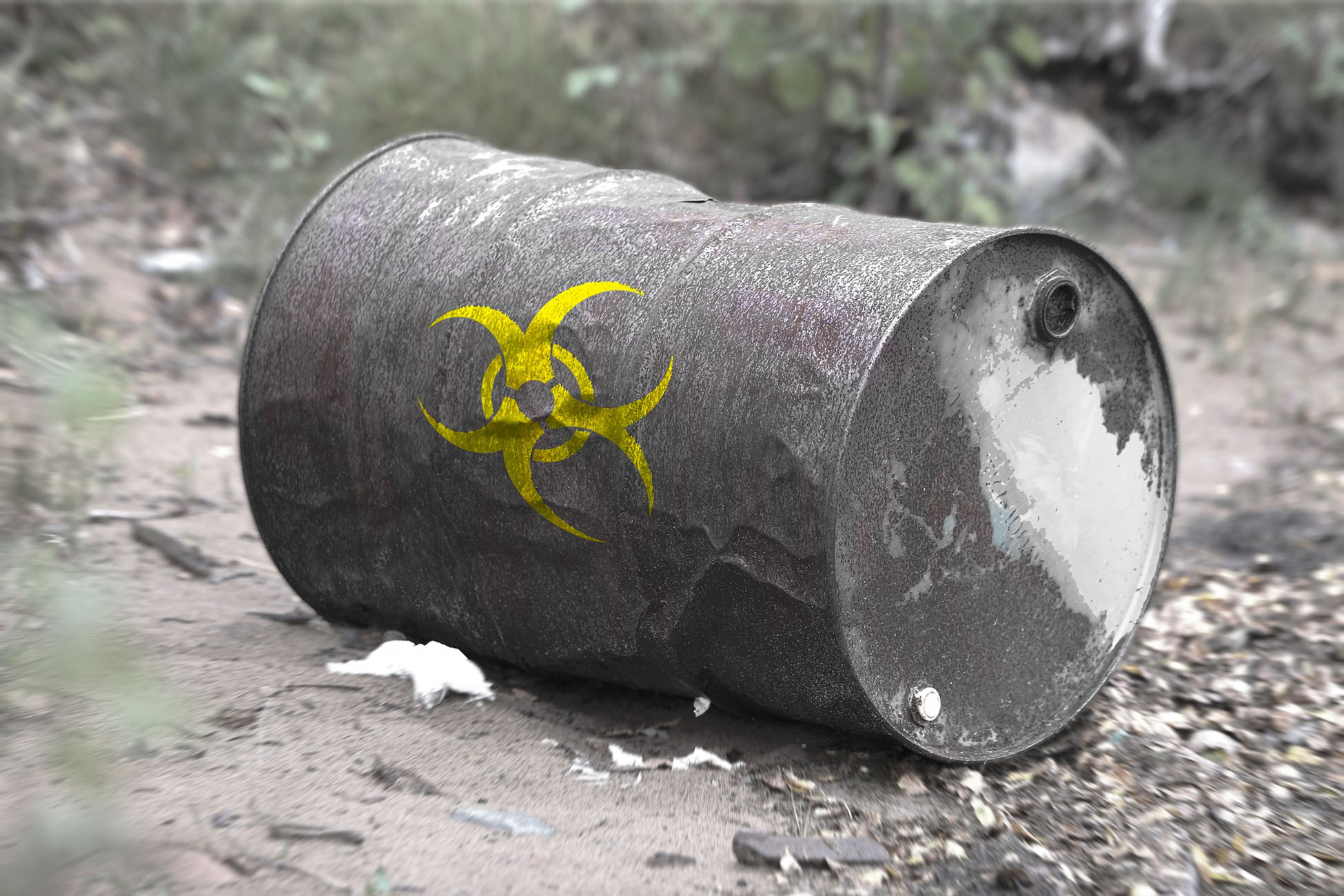
Silver Nitrate
Why we do not use Silver Nitrate AgNO3
Commonly, manufacturers claim that a product contains “silver”, when in fact it contains “silver nitrate”. This toxic compound has a very low exposure limit, doesn’t naturally break down and is hence very likely to remain in the environment after a decontamination cycle, particularly the nitric acid component.
Nano-Silver is more effective than Silver Nitrate on account of the expansive surface area to volume ratio, increasing the number of particles discharged per unit mass of silver, thereby a greater amount of ions are involved in the cell destruction process. In other words, you require a lot more silver nitrate than nano silver particles to do the same job.
So why do companies use toxic silver nitrate that is far less effective? Because its cheaper.
Advantages of silver nanoparticles over conventional silver nitrate
When using silver peroxide vapour to disinfect rooms with electronic equipment, it is important to note that aqueous silver nitrate takes part in a displacement reaction when added to copper. Considering that most electronic circuit boards have copper tracks, it is also important for users to understand how the silver nitrate affects electrical equipment present in an enclosure during a decontamination cycle.
The EU and US time weighted average (TWA) exposure limit for silver nitrate is 0.01mg/m3 over an 8 hour period. This is a very low level and it is anticipated that any aerosolised system containing silver nitrate will breach this level during its decontamination cycle. Unlike hydrogen peroxide, silver nitrate does not autonomously break down, it remains in the environment, ultimately depositing onto surfaces as a grey powder.
In Conclusion
Silver Nitrate is a toxic chemical and does not belong in the environment

